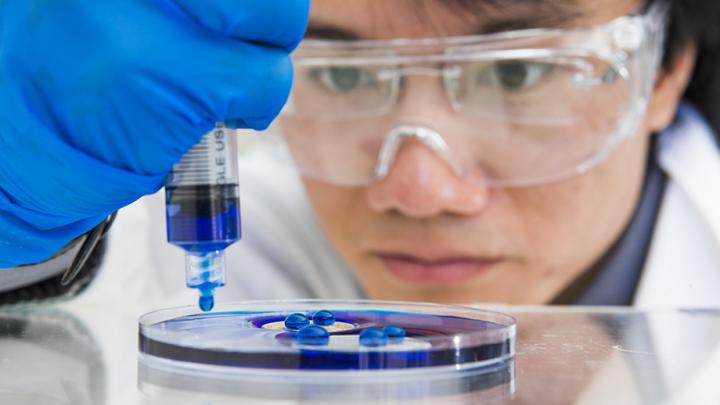
This spray-on material is even better at waterproofing electronics
Waterproofing electronics is a popular topic among device users these days. Nobody wants to lose their smartphones or tablets to a water accident. And now there’s a spray-on water repelling coating being developed that is reported to be one of the best yet.
Scientists at The Australian National University (ANU) have developed a new spray-on material with a remarkable ability to repel water. The new protective coating could eventually be used to waterproof smartphones, keep ice from forming on aircraft or protect boat hulls from corroding.

“The surface is a layer of nanoparticles, which water slides off as if it’s on a hot barbecue,” said William Wong, Ph.D. student from the Nanotechnology Research Laboratory at the ANU Research School of Engineering.
The team created the effective coating by combining two plastics, one tough and one flexible. In addition to being waterproof, the new material is also transparent and resistant to ultraviolet radiation.
“It’s like two interwoven fishing nets, made of different materials,” said Wong.
According to Antonio Tricoli, head of the Nanotechnology Research Laboratory, Associate Professor, the new material has the potential to change how we interact with liquids — even prevent those after-shower foggy mirrors. As an added bonus, the technology could even keep skyscraper windows clean.
“The key innovation is that this transparent coating is able to stabilize very fragile nanomaterials resulting in ultra-durable nanotextures with numerous real-world applications,” said Tricoli.
The ANU team developed two ways of creating the material, both of which are cheaper and easier than current manufacturing processes.
One of its methods employs the use of a flame to generate the nanoparticle constituents of the material. For lower temperature applications, the team dissolved the two components in a sprayable form.
In addition to waterproofing, the new ability to control the properties of materials could be applied to a variety of other coatings.
“A lot of the functional coatings today are very weak, but we will be able to apply the same principles to make robust coatings that are, for example, anti-corrosive, self-cleaning or oil-repellent,” said Wong.

Comments are closed, but trackbacks and pingbacks are open.